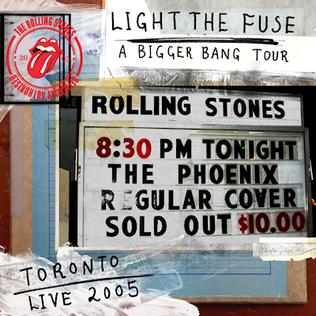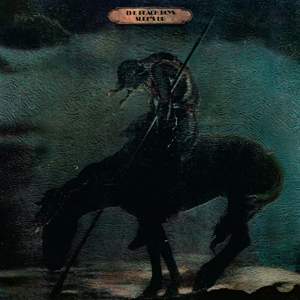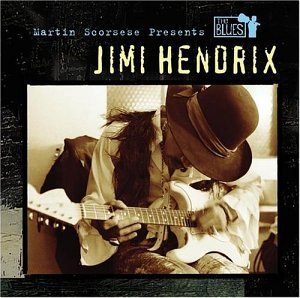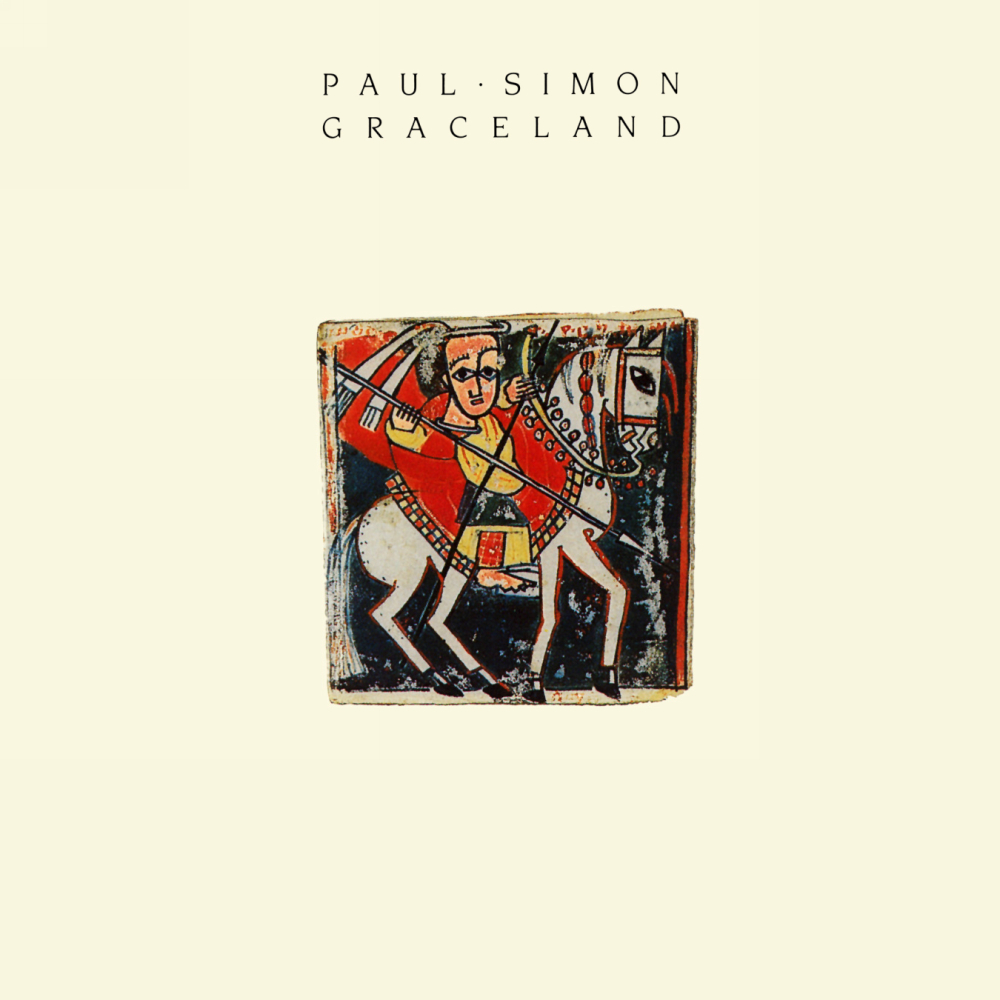Just a couple of years after shaving three records’ worth of music down to one, Bruce put out a double album. Based on the path he’d been riding, one might fear that
The River is a concept album, or worse, a rock opera. While there is an overall theme, it’s more of a general idea, and nothing that different from where he’d already been. He was still striving to make that perfect rock ‘n roll record, and indeed, the basic ‘50s and ‘60s fundamentals throughout provide a firm foundation.
“The Ties Than Bind” has a predominant 12-string guitar for a striking opener. Before things get too deep, “Sherry Darling” is a simple rock ‘n roll song, complete with party noises (which, frankly, are unnecessary). “Jackson Cage” has that 12-string again, plus a cheesy Farfisa that puts a ‘60s garage vibe on a song about, believe it or not, a literal and/or metaphorical prison. “Two Hearts” is another driving rocker, so it’s a nice transition when the side ends with “Independence Day”, a slower, more acoustic tune. (Each side ends with a slow song, for excellent effect.)
“Hungry Heart” is the one everybody knows. It didn’t sound at all like Springsteen the first few times it was on the radio because he actually sang it in a decent voice. There’s even a decent key change in the instrumental break. “Out In The Street” provides more of that blue-collar defiance he’s known for. “Crush On You” has a punk vibe not unlike what the Stones were doing recently on Some Girls; “You Can Look (But You Better Not Touch)” is even simpler. “I Wanna Marry You” takes us back to the boardwalk (his own, from “Sandy”, as well as that of the Drifters) but the romantic notion of that is dashed by the second verse of the bleak title track, which closes the second side.
It’s a pretty sharp turn, and had the album ended there, people would have marveled at how he was able to balance joyous, throwaway rock ‘n roll with something so comparatively deep. But this particular road hadn’t ended yet, as the subdued tragedy of “Point Blank” displays. Beginning an album side, in fact an actual disc itself, with something so dark is a bold move indeed. The soap opera aspects of the lyrics notwithstanding, it demands the listener to take notice—then “Cadillac Ranch” brings us right back to the skating rink, and we stay there for “I’m A Rocker”. The more subdued “Fade Away” is an underrated lost-love song that sounds like Southside Johnny, and a good choice for a single. That provides a good setup for “Stolen Car”, and another marriage that didn’t live up to the hopes of the groom. This one isn’t so much a story as a snapshot—we leave the narrator where we found him, just driving.
And with that, side four kicks off with another song about a car, “Ramrod”. “The Price You Pay” is very similar to “The Promised Land”, down to the melody and harmonica, but is more broadly philosophical. “Drive All Night” crawls along slowly for eight and a half minutes, a seduction taken from the Van Morrison playbook. (You can hear where young John Bongiovi got his vocal chops and Sam Cooke phrasing.) “Wreck On The Highway” is an inevitable sight for someone doing so much driving; what’s striking is how matter-of-fact the song is delivered—no heavy drama, but for a false ending, just simple folk singing.
The River is a long album, and not just because it’s a two-record set. Some of the “fun” numbers and songs about cars could have been removed for a really tight single LP, but Bruce was feeling that he was in the position to “say something”. Even the slighter songs—and there are several—don’t seem like filler. Overall the sound is terrific, a great live room sound, not as cramped as the last one sometimes seemed. Steve Van Zandt sings harmony throughout, reminding us why he was such a key part of the sound, and what was missing when he went on his own.
As part of his occasional reevaluation of his own past, 35 years on he did finally reveal what the album, originally called
The Ties That Bind, would have sounded like had it stayed a single disc. Unlike
The Promise, however, it was only made available in an expanded
River box set, alongside a disc of further outtakes of releasable quality that anyone of his era would have sold their souls to write, record, release, and reap, plus a documentary and a 1980 concert video.
Once you hear the sequence, it’s clear why he pulled it. While different from the released version, “Stolen Car” sticks out in the middle of side one, but had it finished the side instead of the breezy “Be True”, it would have been a bleak setup for “The River”. And that track’s gravitas gets pushed aside by “You Can Look (But You Better Not Touch)”, an alternate take but still silly. “Loose Ends”, which was already included on Tracks, would have been a terrific closer. But two dour tracks, a handful of hits, and a couple of goofy throwaways are not the equation for a classic album. Fans, of course, will be excited about the mix differences, even on songs previously released as B-sides or elsewhere. (“Cindy” was the only song never to see any official release, and while it’s no holy grail, it’s catchy.)
Bruce Springsteen The River (1980)—3½
Bruce Springsteen The Ties That Bind: The River Collection (2015)—3½







_(Front_Cover).jpg)



